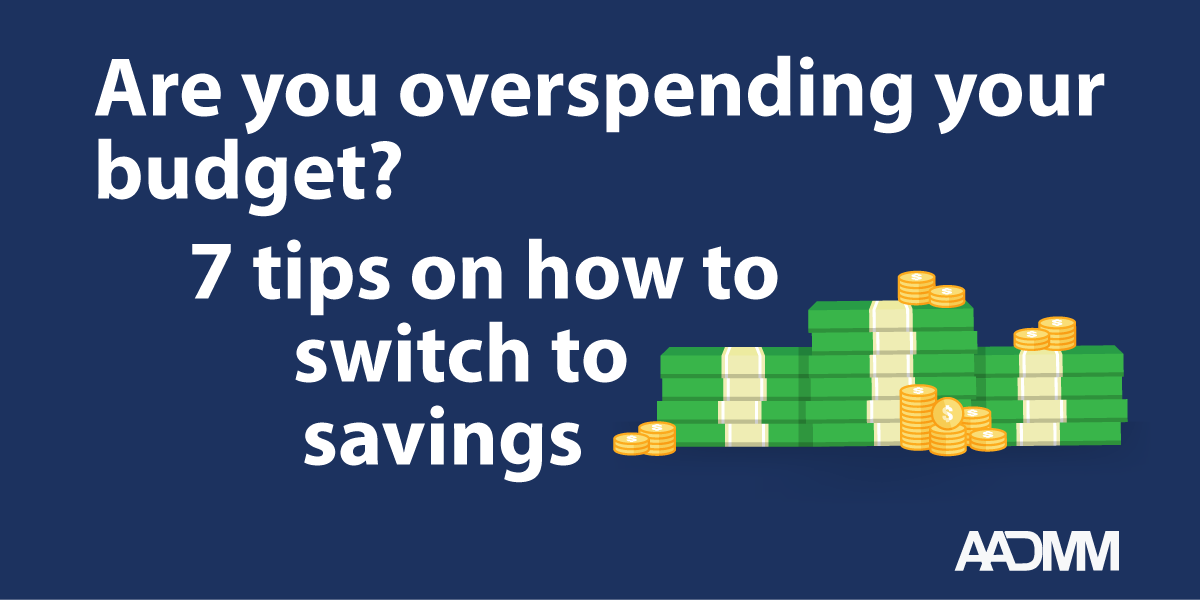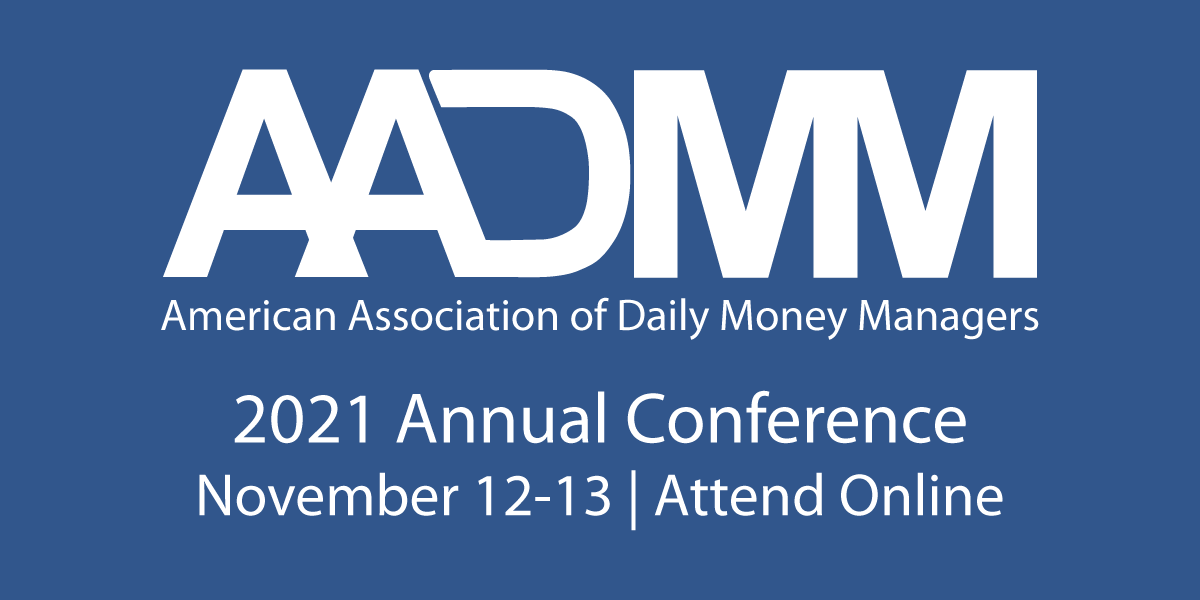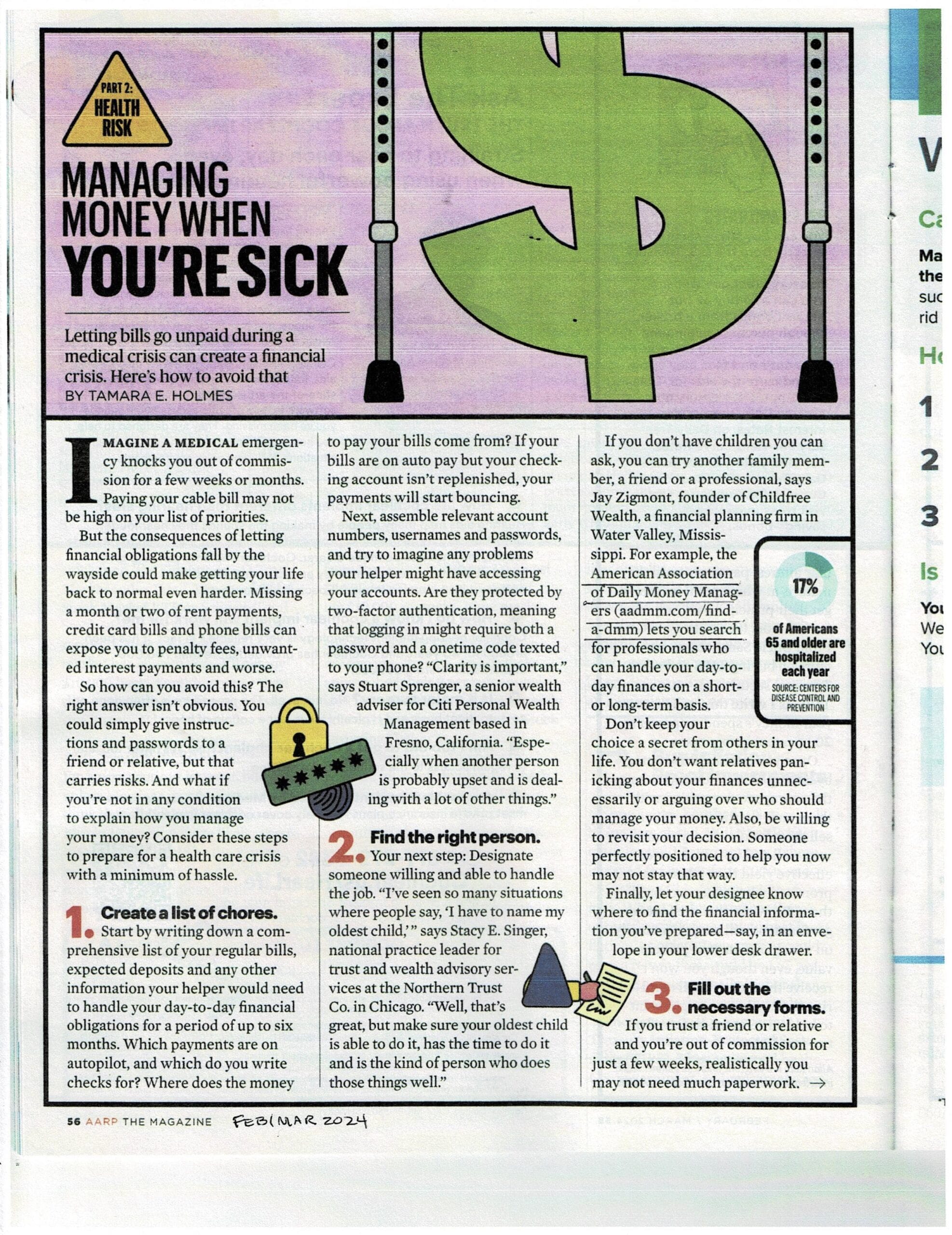
There is no magical one-size-fits-all solution to developing and living on a budget designed to meet your goals. While there are many tools to help, the one common requirement is a commitment not to overspend. With a little planning and deliberate decision-making, you CAN change from overspending to saving.
7 Tips to Reduce Your Spending and Move to Saving
Here are some practical, doable changes to consider:
- Understand what motivates you to spend in the first place. Many different factors can affect your spending habits:
- Time of Day – Do you shop in the mornings and evenings, or is it an after-lunch habit? Consider times of the day when you may feel more stressed or upset and use retail therapy to help you through.
- Location – Window shopping can trigger an impromptu purchase. Does browsing shops trigger you to buy things you don’t need or never even considered buying in the first place? Try to limit your exposure to these triggers or set a spending limit for the trip.
- Keeping up with the Jones – Is trying to live a particular lifestyle spurring unnecessary spending? Following trends and friends can cause us to buy things that we don’t need and don’t help us accomplish our real financial goals.
- Track your spending and stick to it. I won’t use the “B” word (budget) yet, I know and understand, no one wants to talk about it. . . let’s call it a Spending Plan (sounds more fun). When thinking about spending, the key question I get is how much is right or how much is too much? This is different for everyone. The key is to make an honest assessment of your habits so you can make smart, effective choices. The only way to do this is to know what you spend your money on. Once you set a specific spending goal, stick to it!
- Use cash, not cards. There is really something to putting all your senses to work. When you have dollar bills in your hands, you can touch it, see it, and even count it. If you use cash for your everyday spending, then you are aware of how much you have in your pocket at any given point. It is easy to take it out of your pocket and count it. And when it is gone, it is gone. It is a great tool to remind you where you are financially at any given point in time.
- Only use credit cards when you know that you can pay it off. There are real uses for credit cards, yet they still must be used wisely. If you only use the money for purchases that you know you can pay off, then your credit score will thank you for it. If you use credit cards to purchase items that you cannot ultimately pay for, then you are setting yourself up for large amounts of credit card debt, interest costs, and a poor credit score. None of which is good for you now or in the future. Use credit cards with caution, in other words, if you cannot control your spending, then don’t use them at all, stick to cash.
- Set short attainable financial goals. We are all creatures of habit. The journey of a thousand miles begins with one step. It is easier to begin with small, specific goals to allow yourself to build upon your successes. Change one habit at a time, like eating in for a week and noting the saving. Once you see the impact, reward yourself with a small treat, and then make a transfer of the saved money to savings. Next week, add another small impactful change and so on. If you fall off the moneysaving wagon one of those weeks, be sure to note why and then get back on the wagon. It is all about small successful changes that add up to a big impact down the road.
- Learn how to manage your money. This take a bit of time and education; however, it is important to your financial future. Everyone needs to learn how to budget and manage your money. I know, I said it again, budget. It is not a bad word; it simply has a bad reputation. A budget is simply a plan for your money. There are many useful resources and guides to help you create a budget. Once you have this, I would also suggest finding a financial expert to lead you through your financial journey. I am talking about a CERTIFIED FINANCIAL PLANNER™ or CFP® professional. A good CFP® professional will first ask you what your goals are and then provide you with guidance and tools to get there. These professionals are equipped with the training to see the big financial picture for you and help you plan for things you haven’t considered but should.
- Be proactive, not reactive with money decisions. It is important to understand your income and expenses. Keeping your goals in mind, you can make decisions as to the best use for money. Some experts say you should be using your money according to the 50/30/20 rule. 50% of the money to be spent on needs, 30% of the money to be spent on wants and 20% of the money to be saved. These might not be right for you or maybe just not RIGHT NOW, but you need to find what works for you.
You Can Do This!
Learning how to not overspend is difficult, but it can be done. You need to assess your own financial circumstances and begin to make proactive changes to your relationship with money and how you use it. Remember, you can do it, just be honest with yourself, realize that you will make mistakes along the way and that is ok. It is all about how you can create long-term consistency — keep up the work and the results will follow.
Resources
Making a Budget | consumer.gov
Your Guide to How to Budget Money – NerdWallet
The 8 Best Budget Apps for 2022 – NerdWallet
Jennifer L. Shulman MBA, CDMM® is the owner of Simply Balanced Solutions, LLC in St. Petersburg, FL and also serves as a member of the board of AADMM.






















